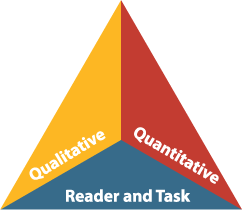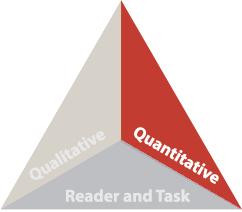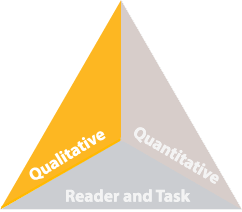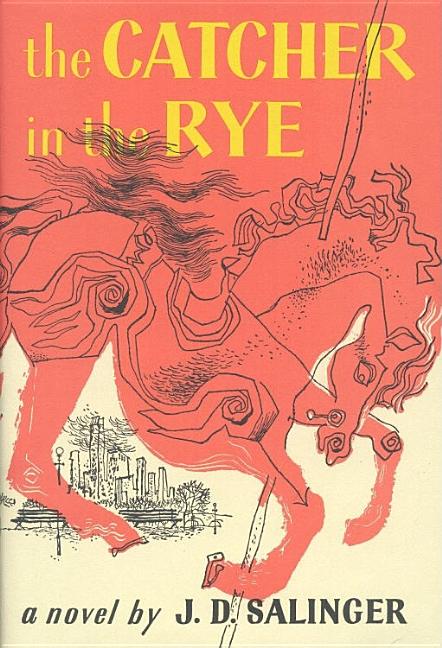Literary Text Complexity Measures
for The Catcher in the Rye by J.D. Salinger
To help put the right book in each reader's hands, consider the following comprehensive text complexity analyses within your instructional plans. View the Text Complexity Toolkit for help.

 Quantitative Measures
Quantitative Measures
- Lexile Level: 790
| Grade Band | Lexile® | ATOS® | Degrees of Reading Power® | Flesch-Kincaid | Fountas & Pinnell | Reading Maturity | SourceRater |
|---|---|---|---|---|---|---|---|
| 2-3 | 420L-820L | 2.75-5.14 | 42-54 | 1.98-5.34 | I-P | 3.53-613 | 0.05-2.48 |
| 4-5 | 740L-1010L | 4.97-7.03 | 52-60 | 4.51-7.72 | O-V | 5.42-7.92 | 0.84-5.75 |
Source: National Governors Association for Best Practices and Council of Chief State School Officers.[1]
 Qualitative Measures
Qualitative Measures
- Slightly
- Moderately
- Very
- Exceedingly
Crowdsourced from 9 educators who filled out the Literary Text Complexity Qualitative Measures Rubric.[2]
 Reader and Task Considerations
Reader and Task Considerations
- What do you want your students to accomplish with the text, and how will you implement this in your lesson?
- How will you guide your students to construct meaning and grow as readers, based on the theme and content of this particular text?
- Which readers will deeply connect with this text, and where does that fit into the instructional plan? Consider each specific reader's motivation, knowledge, and experiences, along with their age, learning needs, language, and reading skills.
Grades in which The Catcher in the Rye is Assigned
| PreK | K | 1 | 2 | 3 | 4 | 5 | 6 | 7 | 8 | 9 | 10 | 11 | 12 |
Crowdsourced from 9 educators who filled out the Literary Text Complexity Qualitative Measures Rubric.[2]
1. National Governors Association for Best Practices and Council of Chief State School Officers. "Supplemental Information for Appendix A of the Common Core State Standards for English Language Arts and Literacy: New Research on Text Complexity," Common Core State Standards Initiative (2014): 4. Accessed August 8, 2014, View PDF.
2. Adapted from the CCSSO's ELA State Collaborative on Assessment and Student Standards, and the text complexity rubrics used by the Wisconsin Department of Public Instruction ELA Team.
3. Lexile® is a trademark of MetaMetrics. Used under license.
4. ATOS® is a trademark of Renaissance Learning, Inc. Used under license.


